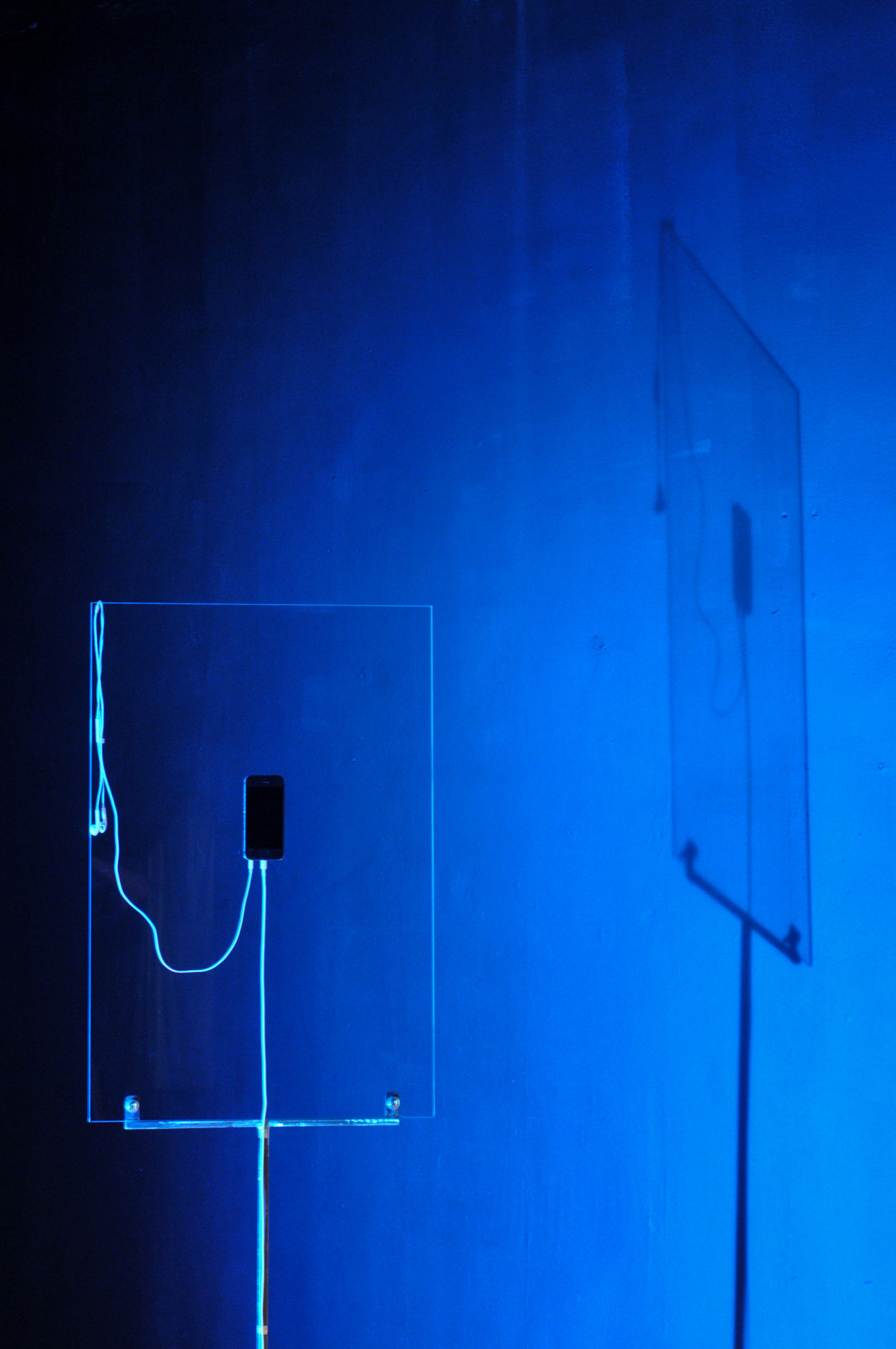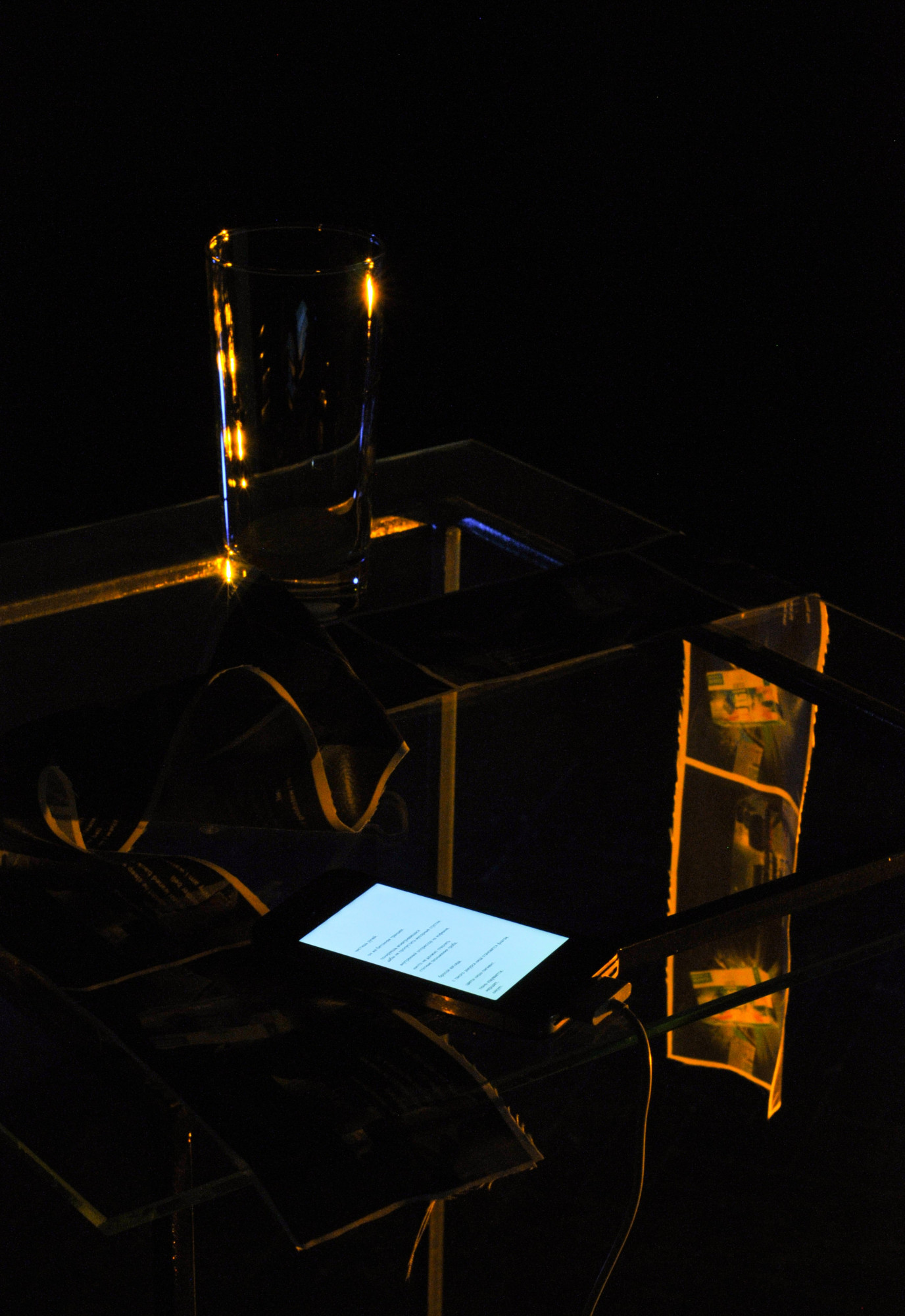From CGI to exchanging houseplants, these creatives are pushing the boundaries of what art is
We live in an increasingly complicated world — and artists are looking for new ways to talk about it

This article was based on the Russia Z Curated list, a unique catalogue of Russian contemporary artists brought to you by leading experts from the country and beyond. Click here to explore Curated.
We live in an increasingly complicated world — one that demands both new art and new art languages. As part of Russia Z and Curated, The Calvert Journal is spotlighting five emerging artists who work with innovative hybrid methods to explore our reality.
From exchanging house plants to leading hacking workshops, these artists are determined to push the boundaries of what audiences believe that art can be. There’s also an emphasis on interactive and collective experiences that allow artists and viewers to collaborate and learn, which is especially relevant in the post-pandemic world.
Based in Moscow, Daria Makarova is a transdisciplinary artist and poet. Working with words is important to her, as evident from the long and sumptuous titles of her work, such as: delirium of the light blinding the believer / worlds of flickering words / a vandal whistling love lyrics. Makarova uses words as a tool to evoke feelings, memories and stories, often in combination with images, textures, and objects. She works with sculptures and installations, video, and sound, to create situations and experiences for her viewers. She also explores the complexities of physical and emotional lives in the capitalist reality. In her exhibition Left of the Centre, via the Golden Ratio, she focused on sleep streams, where bloggers live streamed their slumber, turning it into a marketable commodity in a digitalised world.
Gediminas Daugela is a Moscow-based artist with Lithuanian roots who primarily works with Computer Generated Images and sound. Born in Kaunas, Lithuania, in 1989, they moved to Russia at the age of 11, where they would go on to graduate from Rodchenko School in 2018. Daugela’s CGI works play with viewers’ senses and perceptions: the feelings of softness, lightness, fluidity and viscosity are digitally recreated and enhanced until they send shivers down viewers’ spines. Complete with cryptic soundscapes, Daugela’s videos make us question the very nature of our sensory responses – a rare example of using CGI to question, rather than improve, our current reality.
Alisa Smorodina is an artist, designer, and teacher hailing from the city once known as Frunze, now recognised as Bishkek, the capital of Kyrgyzstan. Smorodina mainly works with installation and participatory practices: from telling audiences how to make a time capsule to leading a workshop on ‘speculative hacking’. For Smorodina, creating spaces where artists and audiences can learn from each other is vital for research into much-needed survival strategies in a contemporary capitalist reality.
Anna Sopova and Antanas Jacinevicius
Artistic duo Anna Sopova and Antanas Jacinevicius have been collaborating since 2017. Both previously produced prolific work with sculptures and installations, and now use this as part of their collaborative practices. At the core of their work is friendship and communication, an intended antithesis to management structures aimed at increasing capitalist performance. In practice, they turn everyday objects into art, such as house plants (where collecting plants from collaborators is akin to comparing their connection to a root system) or board games (where players assume the role of an emerging artist navigating the complexities of the art world).

